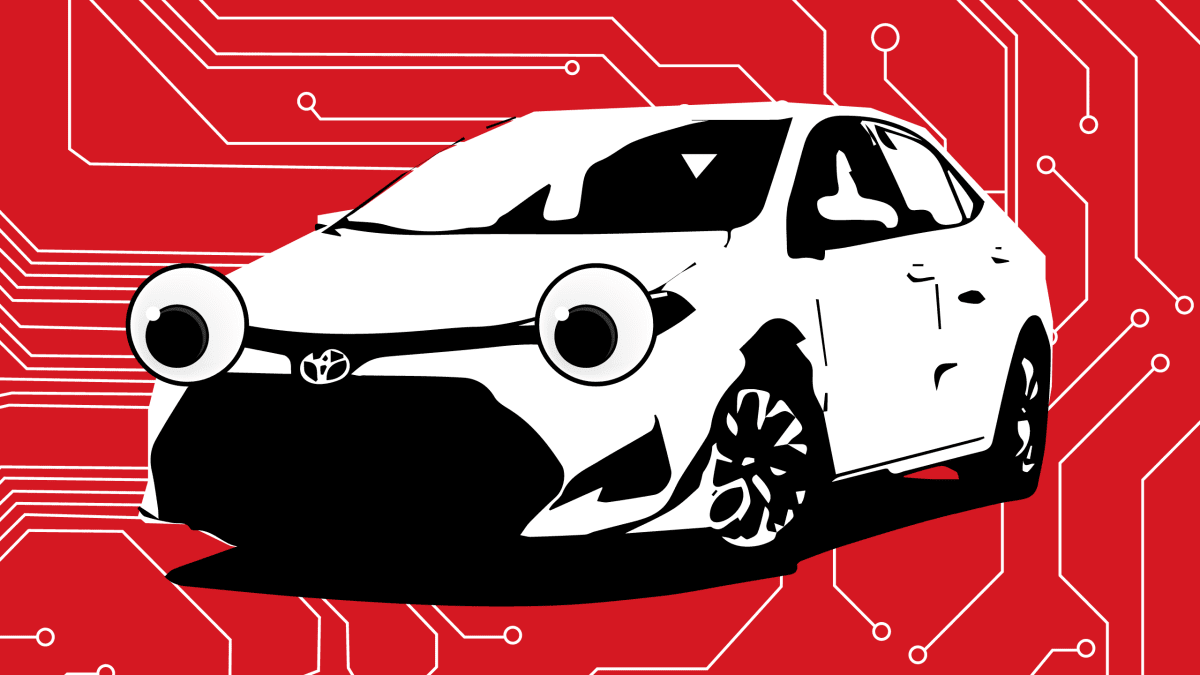
openai and jony ive may be struggling OpenAI and Jony Ive are reportedly encountering substantial technical challenges as they endeavor to develop a screen-less, AI-powered device.
openai and jony ive may be struggling
Background on the Collaboration
The partnership between OpenAI, a leader in artificial intelligence research, and Jony Ive, the former Chief Design Officer at Apple, has generated significant interest in the tech community. Their collaboration aims to create a revolutionary device that integrates advanced AI capabilities without the traditional screen interface. This ambitious project reflects a growing trend in technology towards more intuitive and seamless user experiences.
OpenAI has been at the forefront of AI development, known for its groundbreaking work in natural language processing and machine learning. The organization has produced various models, including the highly acclaimed GPT series, which have transformed how users interact with technology. Meanwhile, Jony Ive is renowned for his minimalist design philosophy and has played a pivotal role in shaping iconic products like the iPhone and MacBook. His design ethos emphasizes simplicity and functionality, making him an ideal partner for OpenAI in this endeavor.
The Vision for a Screen-less Device
The vision behind the screen-less device is to create a more natural interaction between humans and technology. By eliminating the screen, the device aims to reduce distractions and enhance focus, allowing users to engage with AI in a more organic manner. This approach aligns with the increasing demand for technology that integrates seamlessly into daily life, rather than acting as a separate entity that requires constant attention.
Proponents of this vision argue that a screen-less device could lead to more meaningful interactions. For instance, voice-based commands and responses could allow users to multitask more effectively, as they would not be tethered to a visual display. This could be particularly beneficial in scenarios where users are engaged in other activities, such as cooking or exercising, and need hands-free assistance.
Technical Challenges Faced
Despite the promising vision, OpenAI and Jony Ive are reportedly facing significant technical hurdles in the development of the device. These challenges encompass various aspects, including hardware limitations, software integration, and user experience design.
Hardware Limitations
One of the primary challenges lies in the hardware required to support a screen-less interface. Traditional devices rely heavily on visual displays to convey information and facilitate user interaction. Without a screen, the device must rely on alternative methods of communication, such as audio feedback or haptic responses. This necessitates the development of advanced audio processing capabilities, which can accurately interpret user commands and provide contextually relevant responses.
Additionally, the device must be compact and portable, which poses constraints on battery life and processing power. Striking a balance between performance and size is crucial, as users expect devices to be lightweight and efficient. The integration of powerful AI algorithms into a small form factor presents a significant engineering challenge.
Software Integration
Another critical aspect of the development process is the integration of software that can effectively manage the AI capabilities of the device. OpenAI’s existing models, such as GPT-4, are designed for a range of applications, but adapting them for a screen-less environment requires innovative approaches to natural language understanding and generation.
The software must be capable of understanding nuanced user commands and providing accurate responses in real-time. This involves not only improving the underlying algorithms but also ensuring that the device can learn from user interactions to enhance its performance over time. The challenge lies in creating a system that is both responsive and capable of adapting to individual user preferences.
User Experience Design
User experience (UX) design is another critical factor in the success of the screen-less device. Jony Ive’s design philosophy emphasizes simplicity and elegance, which must be reflected in the device’s functionality. The challenge is to create an intuitive interface that allows users to interact with the AI without the need for visual cues.
Designers must consider how users will issue commands, receive feedback, and navigate the device’s features. This may involve exploring new interaction paradigms, such as gesture recognition or voice modulation, to ensure that the device is accessible and user-friendly. The UX must be carefully crafted to minimize frustration and enhance user satisfaction.
Market Implications
The successful development of a screen-less AI device could have far-reaching implications for the technology market. As consumers increasingly seek devices that enhance their productivity and well-being, a product that aligns with these values could capture significant market share.
Moreover, the device could pave the way for new categories of technology that prioritize user experience over traditional interfaces. If successful, it may inspire other companies to explore similar concepts, leading to a shift in how technology is designed and utilized.
Stakeholder Reactions
The collaboration between OpenAI and Jony Ive has garnered mixed reactions from stakeholders in the tech industry. Some industry experts express optimism about the potential of a screen-less device, highlighting the growing demand for innovative solutions that address user needs in a more holistic manner.
Conversely, skeptics raise concerns about the feasibility of such a device. They argue that the absence of a screen may limit the functionality and usability of the product, particularly for tasks that require visual feedback. This skepticism underscores the importance of thorough market research and user testing to validate the concept before launching the product.
Future Prospects
As OpenAI and Jony Ive continue to navigate the challenges of developing their screen-less AI device, the future remains uncertain. The success of the project will depend on their ability to overcome technical hurdles, create a compelling user experience, and effectively communicate the device’s value to potential consumers.
In the coming months, the tech community will be closely watching the progress of this collaboration. The outcome could redefine the landscape of personal technology and set new standards for how users interact with AI. As the demand for more intuitive and seamless technology continues to grow, the stakes for OpenAI and Jony Ive could not be higher.
Conclusion
The partnership between OpenAI and Jony Ive represents a bold step towards reimagining the future of technology. While they face significant technical challenges in developing a screen-less AI device, the potential rewards are substantial. If successful, this project could not only transform user interactions with AI but also influence the broader tech landscape.
As the collaboration progresses, it will be essential for both parties to remain agile and responsive to the challenges they encounter. The journey ahead may be fraught with obstacles, but the vision of a more integrated and user-friendly technology experience continues to drive innovation in the industry.
Source: Original report
Was this helpful?
Last Modified: October 6, 2025 at 2:53 am
0 views















